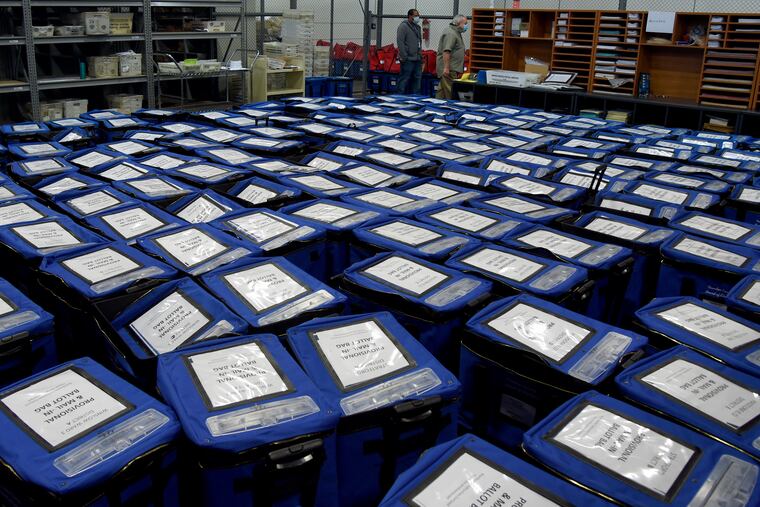While Pennsylvania fights about when to open mail ballots, New Jersey is just doing it
New Jersey’s voter turnout has hit 80% of the state’s total number of ballots cast in 2016. And unlike next door in Pennsylvania, many of those 3.1 million votes are already being counted.
